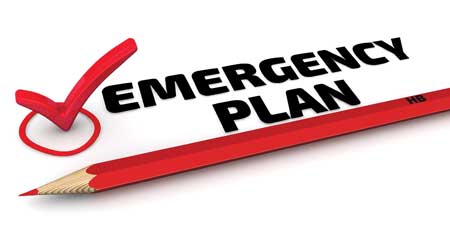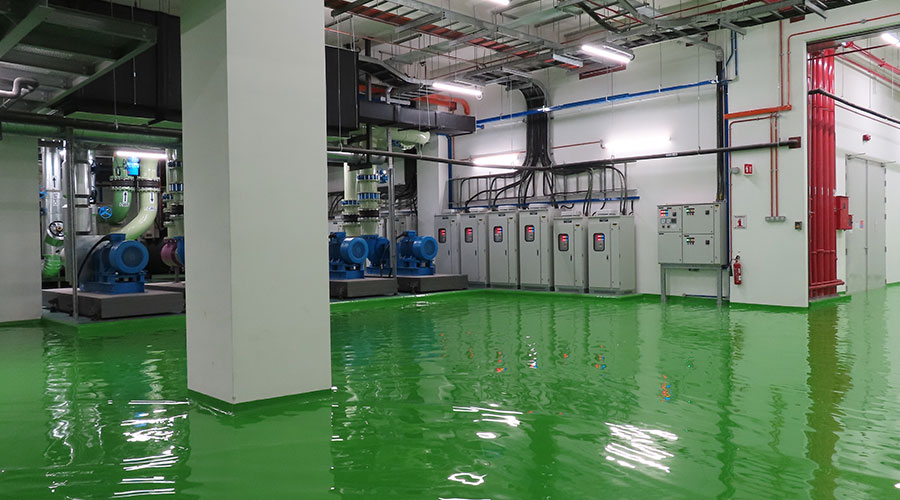How to Develop Robust Emergency Operating Procedures
Specific, deliberate preparations must be taken to develop, deploy, and maintain emergency operating procedures and harden the facility department’s emergency preparedness.
One of the facility department’s key functions is to identify, adequately prepare for, and mitigate risks to building occupants, staff, and operations. A comprehensive emergency preparedness program with a library of emergency operating procedures (EOPs) shows the department’s commitment and due diligence. Without this prescribed level of preparation, facility managers are flying by the seat of their pants, shouldering unnecessary risk.
Most emergency preparedness documents focus on macro-level events, such as active shooter, significant weather, fire, and catastrophic facility damage. While important, these high-level overviews often fall short of the requisite detail needed to safely and efficiently direct the boots in the field. Additionally, the probability of a facility experiencing such major events is extremely low, especially when compared to the more common occurrences of power anomalies, equipment failures, and operational miscues. The higher risk vulnerabilities reside at the system and equipment level.
Most facility organizations have not drafted step-by-step responses to the various emergencies and incidents that are routinely encountered. Rather, they rely on the quick thinking of the responding team members and their ability to comprehensively recall all the actions necessary to mitigate collateral damage and to restore normal operations. This opens the organization, the department, and staff to increased risk. Thus, specific, deliberate preparations must be taken to develop, deploy, and maintain emergency operating procedures and harden the facility department’s emergency preparedness.
Distinguishing document types
The necessary documentation falls into three categories: standard operating procedures, maintenance operating procedures, and emergency operating procedures. It is important to note each document type has a distinct purpose and format.
Standard operating procedures (SOPs) are generally administrative in nature. They typically describe department processes, workflows, and standards. For example, the process for creating and managing service requests and work orders in the computerized maintenance management system (CMMS); or defining system and equipment nomenclature across the portfolio from design and construction through the CMMS and building management system (BMS/BAS). As administrative documents, they tend to be more textual with paragraphs and possible pictorial workflow representations or value tables. These are not the most efficient conduit for technical tasks.
Maintenance operating procedures (MOPs) provide detailed steps for putting equipment/a system into bypass or bringing offline to safely perform maintenance. The MOP also provides instructions for returning the system to normal operations once the maintenance is complete. The recommended format for MOPs is a tabular checklist embedded in a text document with clear, succinct step-by-step instructions. In addition to the step number and task, a third column that identifies the expected outcome for each step (e.g. audible will sound and amber light illuminate) is recommended; this prepares staff so they are not caught off-guard by alarms, etc., and they can also discern if something else is awry, requiring them to back out of the procedure. MOPs are typically very detailed, accompanied by pictures related to the step. While great for performing maintenance, MOPs can often be too lengthy or cumbersome for emergent situations; thus, the need for emergency operating procedures.
Emergency operating procedures (EOPs) are succinct procedures and checklists used by staff during unplanned events to ensure systems are operating normally or have transferred to emergency operations per facility design and sequence of operations (SOO). While very similar in format to the MOPs, EOPs are shorter, more direct, and rarely include pictures. EOPs follow the K.I.S.S. approach: keep it short and simple.
Related Topics:













